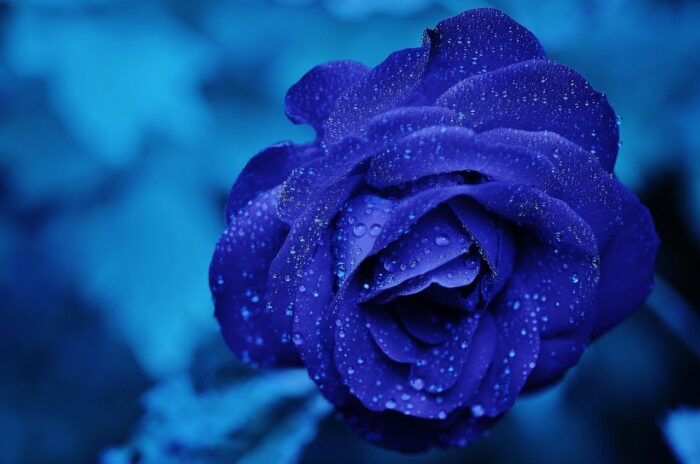Phlox Flower Meaning: Symbolism, Colors, and Significance

The phlox flower, with its clusters of star-shaped blooms and sweet fragrance, represents harmony, unity, and the bonds of partnership.
These charming flowers have brightened North American landscapes for centuries, carrying deep meaning in both native traditions and modern flower symbolism.
From garden borders to wild meadows, phlox can be found everywhere and will continue to captivate with its enduring beauty and profound symbolic significance.
What is the phlox flower?
Phlox belongs to the Polemoniaceae family and encompasses both tall garden varieties and low-growing groundcovers. The flowers feature five petals arranged in a perfect star shape, growing in dense clusters that create impressive displays of color.
Garden phlox (Phlox paniculata) can reach heights of 2-4 feet, while creeping varieties spread close to the ground, forming living carpets of bloom.
These versatile plants are primarily native to North America, where they naturally occur in diverse habitats from woodlands to prairies.
Each flower measures about an inch across, but when massed together, they create stunning drifts of color that last throughout the summer months.
Their sweet fragrance intensifies in the evening, making them particularly valuable in moon gardens and twilight landscapes.
The meaning and symbolism of phlox
In the spiritual language of flowers, phlox embodies the concept of spiritual harmony and the unity of souls.
Their five-pointed star shape has long been associated with protection and divine guidance, while their tendency to grow in harmonious communities represents the strength found in partnerships and mutual support.
Native American traditions viewed phlox as a symbol of harmony between people and nature, using the plants not only for their beauty but also for their healing properties.
The flower’s ability to thrive in diverse conditions while maintaining its perfect star shape speaks to resilience and adaptability while staying true to one’s essential nature.
Phlox colors and their unique meanings
Pink phlox meaning
Pink phlox represents gentle affection and romantic love. These soft-hued blooms symbolize the tenderness of deep emotional connections and the nurturing aspects of relationships.
Purple phlox meaning
Purple phlox carries meanings of dignity, wisdom, and spiritual awareness. These regal blooms represent the deep understanding that comes from spiritual growth and self-reflection.
White phlox meaning
White phlox symbolizes purity of intention and spiritual enlightenment. They represent clarity of purpose and the peace that comes from living in harmony with one’s values.
Red phlox meaning
Red phlox embodies passion and strong emotions. These vibrant blooms represent the intensity of devoted love and the fire of strong convictions.
When to give phlox as gifts
Phlox makes meaningful gifts for various occasions:
- Wedding celebrations and anniversaries
- Housewarming events
- Garden dedications
- Spiritual ceremonies
- Friendship celebrations
- Peace-making gestures
- Community gatherings
- Environmental appreciation events
History behind phlox
The name “phlox” comes from the Greek word for “flame,” referring to the intense colors of some varieties.
While native to North America, these beloved flowers gained widespread popularity in European gardens during the 18th and 19th centuries, leading to extensive breeding programs that expanded their color range and growing habits.
Today, phlox cultivation centers primarily in temperate regions worldwide, with significant development of new varieties occurring in both North America and Europe.
The flower’s adaptability and reliable blooming have made it a cornerstone of perennial garden design.
Phlox in popular culture and gardens
In garden design, phlox holds a special place for its versatility and reliable performance. From cottage gardens to formal borders, these flowers provide both visual impact and sweet fragrance.
Their appearance in traditional American gardens has made them synonymous with heritage landscaping and historical preservation.
For those interested in growing these harmonious blooms, detailed cultivation information can be found at American Meadows site, though specific growing instructions are beyond the scope of this meaning-focused article.
Final thoughts on the phlox flower meaning
Phlox stands as a beautiful symbol of harmony, unity, and the enduring power of partnerships. Whether gracing a garden border or growing wild in meadows, these star-shaped blooms remind us of the importance of maintaining balance and nurturing our connections with others. Their perfect symmetry and sweet fragrance continue to inspire, while their rich symbolic meaning adds depth to their already considerable charm.

